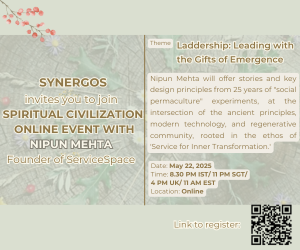"Doing good" often looks different in Asia compared to the West, but experts are observing a growing alignment in their philanthropic approaches.
Asian philanthropy has traditionally differed from Western models in its motivations, methods, and goals. However, this gap is now narrowing as a new generation of Asian philanthropists increasingly embraces Western approaches.
Experts note that Asian philanthropy is largely shaped by traditional cultural, religious, and family values, deeply connected with compassion and altruism. It tends to be more personal, relationship-based, informal, and localised, prioritising immediate needs and aligning closely with prevailing societal norms and government policies.
In contrast, Western philanthropy is often viewed as being driven by a desire for long-term social impact and systemic change. It's also more closely linked to tax benefits, which are well-established in Western countries. Additionally, Western giving is typically seen as more professionalised and institutionalised.
“Philanthropy in Asia has its own flavours, because our cultural values, beliefs, contexts are different from elsewhere,” said Laurence Lien, co-founder of Singapore-based Asia Philanthropy Cir...
Share




